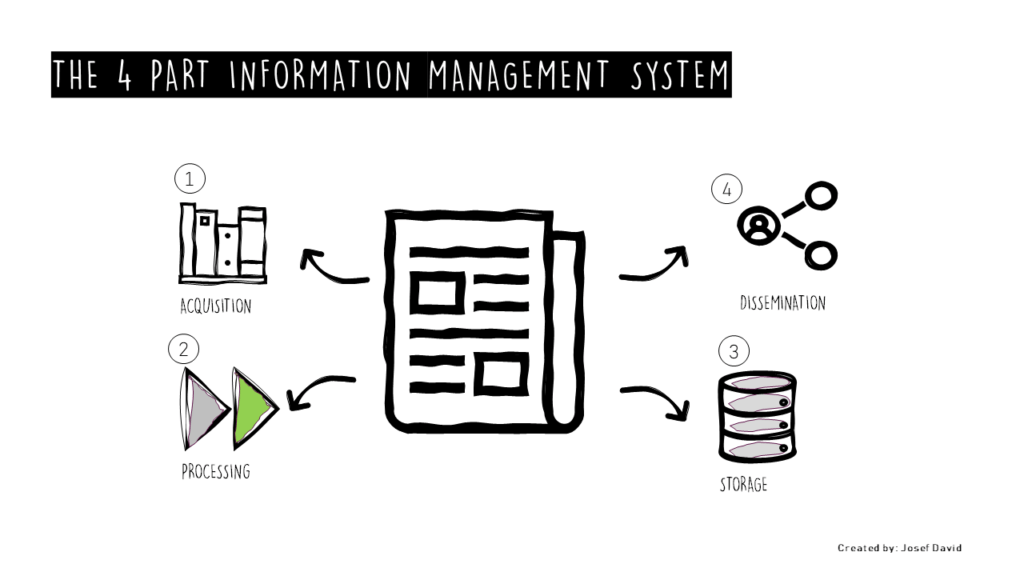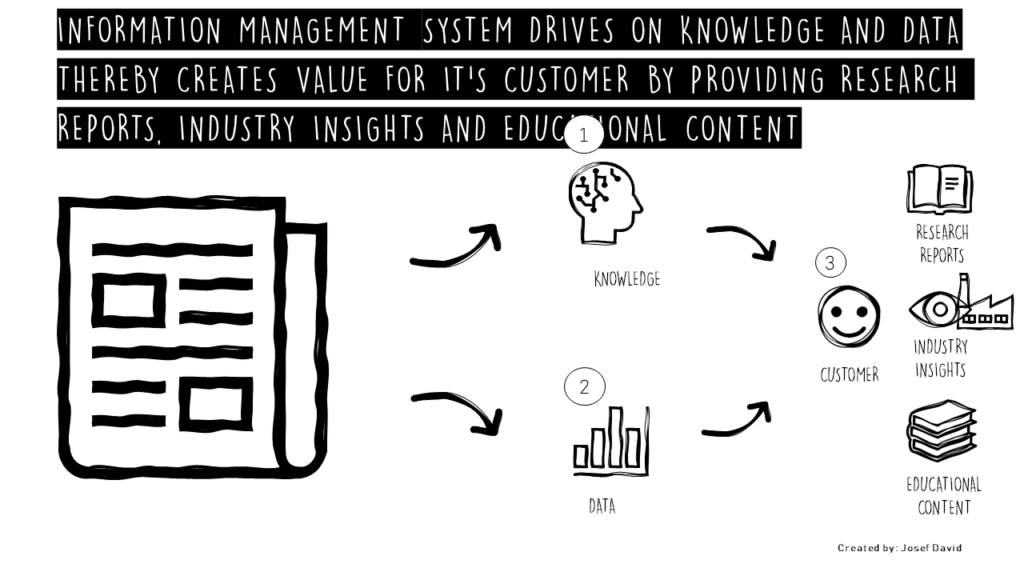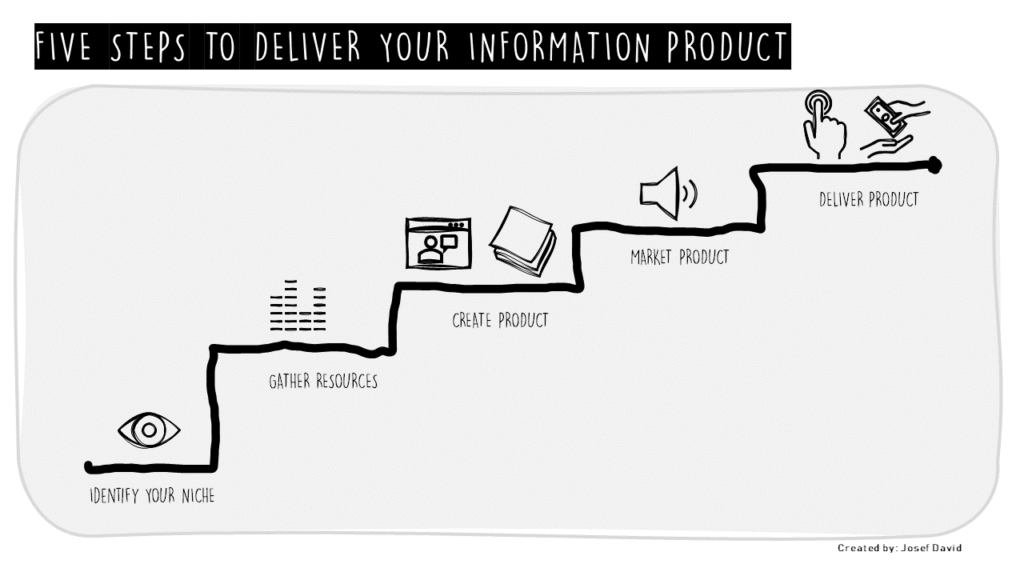Cracking the Information Business Code: From Industrial Age to the Information Age
The Information Business, as the name suggests, is a business model that revolves around the acquisition, processing, storage, and dissemination of information. It is a business that thrives on knowledge and data, leveraging these assets to provide value to its customers. This could be in the form of research reports, industry insights, data analytics, or even educational content.

In the Industrial Age, businesses were primarily concerned with the production and distribution of physical goods. The value of a company was largely determined by its tangible assets – factories, machinery, raw materials etc. However, with the advent of the Information Age, this paradigm has shifted dramatically. Today, intangible assets like information and knowledge have become just as valuable, if not more so.

Why is Information strategic in 2020+?
The year 2020 has been a testament to the strategic importance of information businesses. With the global pandemic forcing people to work and learn from home, there has been an unprecedented surge in demand for digital content and services. Companies that were able to provide reliable information and insights in these uncertain times have seen their value skyrocket.
Moreover, as we continue to generate more data than ever before – thanks to advancements in technology like IoT and AI – there is an increasing need for businesses that can make sense of this data. Information businesses are perfectly positioned to meet this demand.
How to implement an information business step-by-step? 5 Steps to deliver your information product

1. Identify your niche: The first step is to identify what kind of information you can provide that will be valuable to your target audience. This could be anything from industry trends and insights to educational content.
2. Gather your resources: Once you’ve identified your niche, you need to gather your resources. This could involve hiring experts in your field or investing in technology that can help you collect and analyse data.
3. Create your product: The next step is to create your product. This could be a report, a course, a subscription service, or any other form of content that delivers your information.
4. Market your product: Once your product is ready, you need to market it to your target audience. This could involve SEO, social media marketing, email marketing, or even traditional advertising.
5. Deliver your product: Finally, you need to deliver your product to your customers. This could be done through a website, an app, or even through physical delivery.
Case Studies of successful B2B Information Businesses
There are numerous examples of successful B2B information businesses. For instance, Gartner is a leading research and advisory company that provides senior leaders across the enterprise with indispensable insights, advice and tools to achieve their mission-critical priorities.
Another example is Bloomberg, which provides financial software tools such as analytics and equity trading platform, data services and news to financial companies and organizations.
In conclusion, the Information Business is not just a trend – it’s the future. As we continue to move from the Industrial Age to the Information Age, businesses that can leverage information and knowledge will have a strategic advantage over those that cannot. So if you’re considering starting a business in 2020 and beyond, the Information Business might just be the perfect choice for you.
